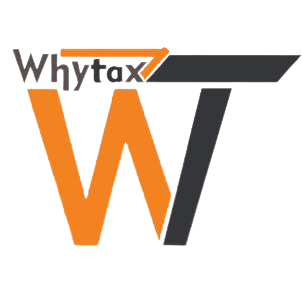Annual Information Statement (AIS) is a statement of financial transactions furnished to it by various entities in respect a taxpayer collated by the tax department based on the PAN.
The newly launched Annual Information Statement (AIS) is a tool that tells taxpayers what the tax department knows about them. AIS is a comprehensive statement containing details of all the financial transactions undertaken by you in a financial year (FY), i.e. it contains the information that are specified under the Income-tax Act, 1961.
AIS contains information related to income earned from various sources such as salary, dividend, interest from savings account, recurring deposits, sale and purchase of equity shares, bonds, mutual funds etc. The statement also contains information related to TDS, TCS and any tax demand or refund.
We will discuss some other details as below:
- Cash Payments, Cash Deposit and Cash Withdrawal
- Cash Payments– Cash payments includes payments towards goods and services, Purchase of Bank drafts/ pay orders/ banker’s cheque in cash, Purchase of pre-paid instruments in cash, Purchase of bullion and jewellery in cash, Purchase of any other goods (other than bullion and jewellery) in cash, Cash payment for receipt of service.
- Cash deposits- Cash Deposit includes Cash deposits in the current account and other accounts.
- Cash Withdrawal- Cash withdrawal includes cash withdrawal from saving, current and other accounts.
2. Business Expenses- Business Expense includes Purchase of Alcoholic liquor, Timber, Forest produce, Purchase of Scrap, Tendu leaves, minerals, being coal or iron ore or lignite, Payments made towards obtaining lease/ license/ rights etc. for parking lot, Payment made towards obtaining lease/ license/ rights etc. for toll plaza, Payment made towards obtaining lease/ license/ rights etc. for mining and quarrying, Payment towards commission, brokerage and professional fee.
3. Business Receipts- Business Receipts includes receipts like contract income; commission or brokerage income; professional fees, Receipt of amount from e-commerce operator towards sales or services provided.
4. Value of off market transactions- Value of off market transactions of Listed Equity, Preference Share, Debenture, Zero Coupon Bond, Capital Indexed Bond, Units of Equity Oriented Mutual Fund, Unit of UTI, Unit of Business trust, etc.
5. Sale of Securities and Units of Mutual Fund- In the Statement of Financial Transaction (SFT) reporting of the depository transactions- the estimated sale consideration for the debit transaction is determined. It includes sale of Listed Equity, Preference Share, Debenture, Zero Coupon Bond, Listed Capital Indexed Bond, Units of Equity Oriented Mutual Fund, Unit of UTI, Unit of Business trust, etc.
6. Life Insurance Policy Receipts- AIS will take details from the TDS return, filed by the deductor in Form 26Q, under the information category ‘Receipts from life insurance policy’.
Section 194DA of the Income Tax Act states that any person responsible for paying the sum which is not exempted under section 10(10D) is liable to deduct TDS @ 5%.
7. Insurance Commission- The insurance commission on which TDS is deducted under section 194D will be processed and treated as taxable under AIS in the hands of the recipient. AIS will reflect said income under the taxable category of ‘Income from other sources’.
